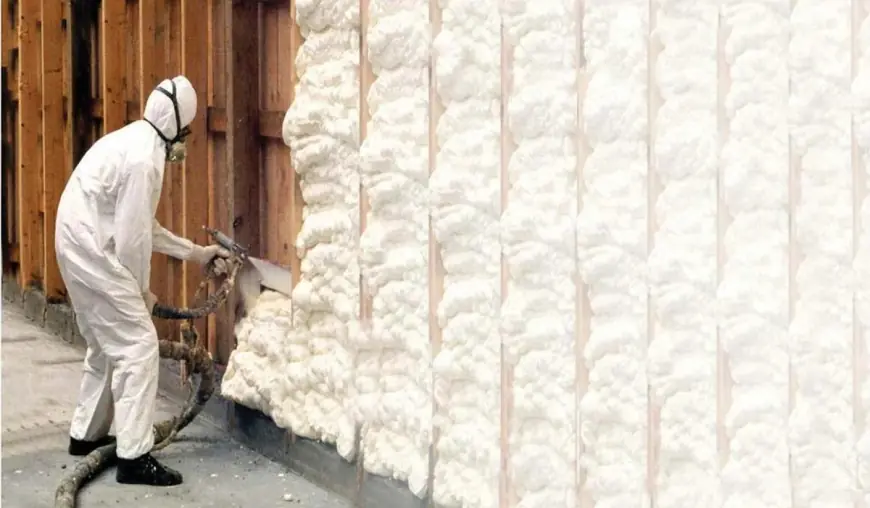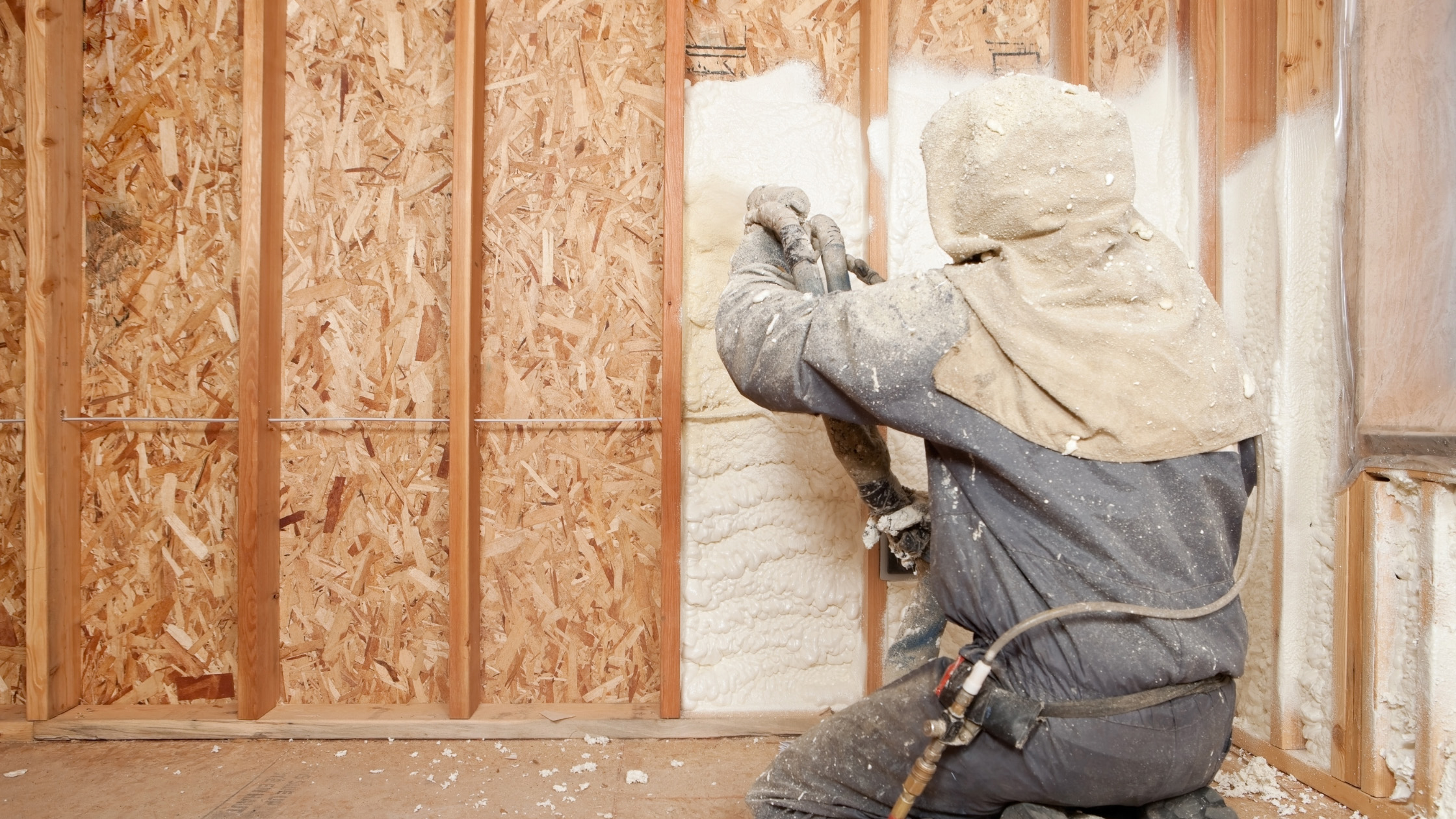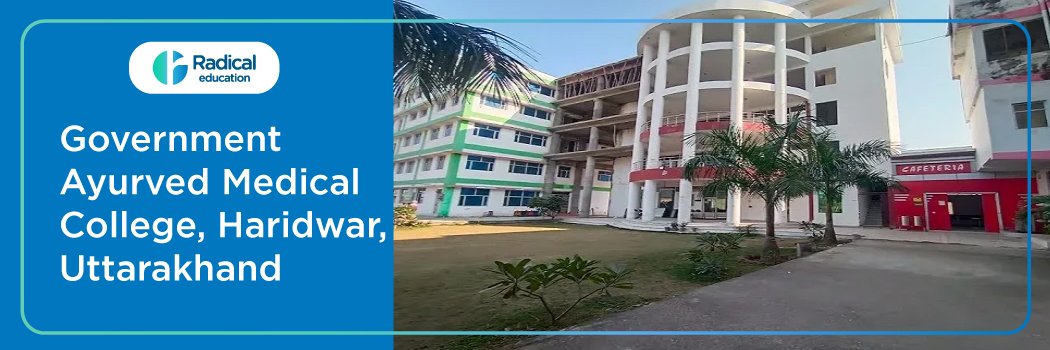Common Mistakes to Avoid with DIY Spray Foam Insulation Solutions in Albany, GA

In Albany, GA, where humidity levels average close to 75% for much of the year, controlling indoor moisture is as critical as maintaining temperature. DIY Spray foam insulation Solutions has grown in popularity for its ability to act as both an air seal and a moisture barrier, improving energy efficiency while helping to prevent mold growth. Yet, data from building performance studies show that up to 30% of DIY spray foam projects fail to deliver expected results due to preventable errors.
These mistakes often lead to poor insulation performance, wasted materials, and in some cases, costly structural repairs. Understanding these common pitfalls is the first step to achieving reliable spray foam insulation results. This guide outlines the most frequent issues in DIY spray foam insulation solutions, explains why they occur, and offers insights for property owners in Albany who want lasting performance for both residential and commercial spaces.
Lack of Proper Surface Preparation
Spray foam adheres best to clean, dry, and stable surfaces. If the application area contains dust, moisture, or contaminants, adhesion weakens, leaving gaps that compromise insulation performance. For buildings in Albany, this risk is heightened by the humid climate, which can cause surfaces to retain unseen dampness, especially in basements, crawl spaces, or areas with limited airflow.
Ignoring Moisture Levels in Albany’s Climate
Moisture meters are essential when preparing for spray foam application. Without measuring and addressing high moisture content, the foam can trap water inside walls or flooring assemblies. This creates a breeding ground for mold, which can go unnoticed for months until damage is significant.
Overlooking Contaminants
Surface contaminants like construction dust, pollen, oil residue, and even spider webs can interfere with the foam’s ability to bond evenly. Skipping a thorough cleaning process results in an irregular seal, which allows air and humidity to penetrate the insulation layer.

Using the Wrong Spray Foam Type
Spray foam insulation comes in open-cell and closed-cell varieties, and the wrong choice for a specific application can lead to disappointing results.
Open-Cell Foam Limitations
Open-cell foam is lighter, less dense, and more vapor-permeable, making it suitable for certain interior walls but not ideal for moisture-prone environments. In Albany, where dampness is common in crawl spaces and basements, using open-cell foam in these locations can cause ongoing humidity problems.
Closed-Cell Foam Over-Application
Closed-cell foam is denser, with a higher R-value and strong water resistance. However, applying it too thickly can cause excessive rigidity, placing stress on building components. Over-application can also waste material without significantly improving insulation performance.
Inconsistent Application Thickness
The performance of spray foam insulation solutions depends heavily on applying the correct and consistent thickness.
Uneven Coverage Issues
Uneven spray patterns can create thermal bridging, where gaps in insulation allow heat and moisture transfer. These inconsistencies lower overall R-value and create weak points in the building envelope.
Impact on Energy Efficiency
Even a half-inch variation in foam thickness can reduce the insulation’s rated performance by more than 10%. In real terms, that means higher energy costs and reduced comfort, particularly in Albany’s hot summers and cool winters.
Skipping Safety Measures
Spray foam contains reactive chemicals that require proper handling and ventilation. In DIY scenarios, safety protocols are often minimized or skipped entirely.
Inadequate Ventilation
Proper ventilation is essential during and after application to allow fumes to dissipate. Without it, indoor air quality suffers, potentially affecting the health of occupants.

Missing Personal Protective Equipment (PPE)
Gloves, goggles, and respirators are not optional. Failing to use PPE can result in skin irritation, eye injuries, and respiratory problems. Even experienced applicators in Albany’s commercial projects adhere strictly to these safety standards.
Overlooking Building Code Compliance
Every insulation project in Albany must comply with Georgia’s State Minimum Standard Energy Code, which governs performance, fire safety, and installation requirements.
Thermal Ignition Barriers
Spray foam installed in certain exposed locations must be covered with a fire-rated ignition barrier such as DC 315 Thermal Ignition Barrier Paint. Skipping this step can lead to failed inspections and delayed occupancy approvals.
Inspection Failures
If building inspectors find that insulation does not meet required standards, the project may require rework, adding both time and cost. Compliance from the outset saves significant effort later.
Table: DIY vs Professional Spray Foam Installation
|
Factor |
DIY Installation |
Professional Installation |
|---|---|---|
|
Surface Preparation |
Often inconsistent |
Thorough and precise |
|
Foam Selection |
Risk of wrong type |
Matched to environment |
|
Application Thickness |
Variable, prone to gaps |
Uniform and optimized |
|
Safety Protocols |
Frequently incomplete |
Strict compliance |
|
Code Compliance |
Overlooked |
Fully documented |
How These Mistakes Affect Long-Term Performance
Mistakes in preparation, application, or compliance don’t just affect short-term results—they compromise the building for years. Spray foam insulation works as both a thermal and moisture barrier, so any weakness can result in rising utility costs, structural deterioration, or costly mold remediation.
Increased Energy Costs
Even small insulation gaps allow conditioned air to escape, forcing HVAC systems to run longer. This inefficiency is amplified in Albany’s climate, where summers require heavy cooling and winters demand consistent heating.
Moisture-Related Structural Damage
Moisture trapped within walls or flooring can cause wood rot, rust on metal framing, and mildew growth. Over time, these issues lead to costly repairs and potential health hazards.
Reduced Property Value
When a home inspection reveals poor insulation or moisture damage, property value can drop. In some cases, sales are delayed until insulation and structural repairs are completed.
When Professional Installation Makes Sense
DIY kits are marketed as simple, but professional application offers clear benefits for projects where performance, durability, and compliance are priorities.
Expertise in Albany’s Building Conditions
Professionals familiar with local building materials, weather patterns, and code requirements can choose the best spray foam type and application technique for long-term performance.
Access to High-Performance Equipment
Industrial-grade spray rigs used by experienced installers provide more even coverage, better adhesion, and faster curing times than disposable DIY kits. This difference in quality is especially important in large or complex projects.
Key Steps for Successful Spray Foam Installation
-
Inspect all surfaces for cleanliness and stability.
-
Test for and address high moisture levels before starting.
-
Select the correct foam type for the specific application area.
-
Maintain a consistent application thickness across surfaces.
-
Follow PPE and ventilation safety protocols without exception.
-
Apply ignition barriers where required by code.
-
Document the installation for inspection and compliance records.
Conclusion
DIY spray foam insulation solutions in Albany, GA can be effective for smaller, straightforward projects, but they require careful attention to preparation, application, and safety. Premier Insulation GA Missteps such as using the wrong foam type, neglecting surface preparation, or skipping code requirements can lead to energy loss, moisture problems, and costly rework.
Ready to Achieve Energy-Efficient Indoor Performance?
Quality insulation does more than lower energy bills—it protects buildings from moisture damage, improves comfort, and extends the life of structural components. Premier Insulation provides spray foam insulation solutions designed for Albany’s unique climate challenges and local building standards. Call (229) 554-3939 or email [email protected] to schedule a consultation.
FAQs
Can spray foam insulation be applied over old insulation?
Only if the existing insulation is completely dry, free from damage, and clean. Damp or deteriorated insulation should be removed before new spray foam is installed.
Which areas of a building benefit most from spray foam in Albany’s climate?
Crawl spaces, attics, rim joists, and basements see the most improvement because they are prone to air leaks and moisture intrusion.
Does spray foam help with humidity control?
Yes. By sealing gaps and cracks, spray foam limits humid air entry, helping maintain balanced indoor humidity levels year-round.
How soon can a space be used after installation?
Most areas can be safely reoccupied within 24 hours, depending on ventilation and curing conditions.
Is open-cell spray foam suitable for all Albany properties?
Open-cell foam works well in interior spaces where vapor permeability is beneficial, but it should be avoided in locations with high moisture exposure.
Reviewer: Jack Parker, a spray foam professional with 7 years of experience, reviewed this post and helped improve sections dealing with brand clarity and customer communication.
What's Your Reaction?
 Like
0
Like
0
 Dislike
0
Dislike
0
 Love
0
Love
0
 Funny
0
Funny
0
 Angry
0
Angry
0
 Sad
0
Sad
0
 Wow
0
Wow
0





















































